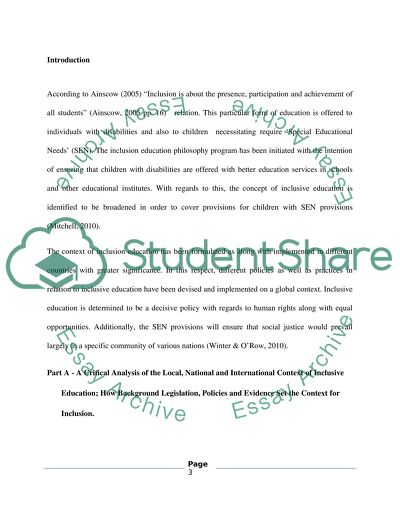Cite this document
(“The Context for Inclusive Education Essay Example | Topics and Well Written Essays - 4000 words”, n.d.)
Retrieved from https://studentshare.org/education/1489868-the-context-for-inclusive-education
Retrieved from https://studentshare.org/education/1489868-the-context-for-inclusive-education
(The Context for Inclusive Education Essay Example | Topics and Well Written Essays - 4000 Words)
https://studentshare.org/education/1489868-the-context-for-inclusive-education.
https://studentshare.org/education/1489868-the-context-for-inclusive-education.
“The Context for Inclusive Education Essay Example | Topics and Well Written Essays - 4000 Words”, n.d. https://studentshare.org/education/1489868-the-context-for-inclusive-education.


